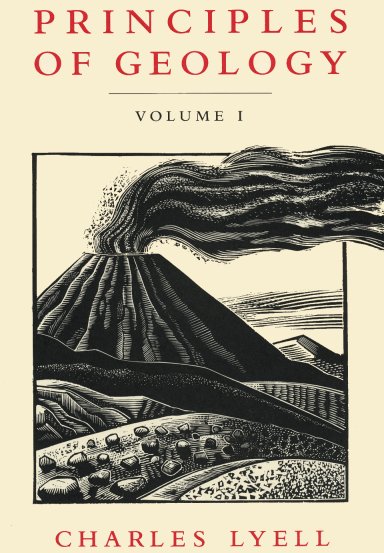The Isle of Wight has long attracted the attention of geologists.
In his book Controversy in Victorian Geology: The Cambrian-Silurian Dispute (1990), James A. Secord discusses how geologists studied exposed strata in the earth and argues that
‘A careful observer could determine the succession with relative ease in areas like the Isle of Wight, where the rocks were well exposed and relatively undisturbed. These localities served as training grounds for nineteenth-century geologists’ (p. 28).
Michael J. Freeman puts this rather more emphatically in Victorians and the Prehistoric: Tracks to a Lost World (2004) where he says the Isle of Wight is ‘a geologists’ paradise’ (p. 12).
Isle of Wight and Geology
In the late Georgian period and the early years of Victoria’s reign, the Isle of Wight’s geological and picturesque qualities attracted a large variety of visitors. The ‘winter storms were constantly disinterring lost inhabitants of former words, much to the delight of the island’s geological visitors’ (Freeman, p. 13). And the colourful and beautiful cliffs attracted poets, novelists, and painters alike. It ‘was not only a geologist’s paradise but a landscape that satisfied the contemporary fascination with picturesque and sublime scenery’ (Freeman, p. 25).
Among the most famous visitors were John Keats and Sir Walter Scott. Keats was inspired by a walk near Shanklin to write ‘On the Sea’ and while staying on the island he completed such famous works as ‘The Eve of St Agnes’ and ‘Lamia’ (Freeman, pp. 27-28). Sir Walter Scott famously commemorated his view of the island in Chronicles of the Canongate , in which he describes it as “that beautiful island, which he who once sees, never forgets” (quoted in Freeman, p. 22; Scott, p. 113).
 Charles Lyell and Uniformitarianism
Charles Lyell and Uniformitarianism
Charles Lyell is likely to have been one of those who could never forget the Isle of Wight; he first visited the island on a family holiday. Freeman argues that it is likely that when Lyell returned as a young geologist in 1822 he must have still had impressions in his mind of the plant and rock samples he had helped his botanist father collect as a boy (p. 18). Lyell made use of what he observed in the various strata in the rocks of the Isle of Wight in his most famous work Principles of Geology, which was published in three volumes between 1830 and 1833.
Many geologists before Lyell saw the earth’s history as a series of violent, cataclysmic events; these scientists supported the theory of catastrophism. Lyell’s work disputes their claims and instead argues that the earth has changed gradually and that the same natural forces we see around us today have been working to shape the earth’s surface for many millennia; this is the theory of uniformitarianism. He reached this position by examining and comparing the strata of rock formations in various locations.
Tennyson and Principles of Geology
We have good evidence that Tennyson read the three volumes of Principles as they were published. As was the case when he read Darwin a couple of decades later, Tennyson was both keenly interested in and deeply disconcerted by what Lyell had to say.
Furthermore, Tennyson’s reading would have prepared him to see evidence of geological change on the Isle of Wight well before he moved to Farringford. In a chapter that focuses on the development of organic life, Lyell writes, ‘If we examine the strata above the London clay in England, we first meet with mammiferous remains in the Isle of Wight’ (Book I, p. 142). Also, in a later chapter he discusses how the island’s ‘coast owes its outline to the continued action of the sea’ (Book II, p. 318). Thus, he uses the fossil evidence and the shape of the coastline to prove that natural forces have been working slowly over untold years to shape the land. Tennyson would have been able to observe these phenomena both near his home at Farringford and from the sea when he crossed to the Isle of Wight from the mainland.
The disquiet engendered by seeing evidence that supports Lyell’s argument seems to have stuck with Tennyson for some time. In his Diary , William Allingham reports seeing some fossils in Tennyson’s hall in 1863. On bringing them to the poet’s attention he is reported to have said, ‘“Man is so small […] but a fly on the wheel”’ (p. 89). Clearly the prospect of geological time embodied in the fossils made Tennyson feel that each man’s life is comparably insignificant; it was difficult, but not impossible for him to square this with is philosophical and religious beliefs.
Conclusion
In a future blog I will look at Tennyson’s interest in and response to developments in astronomy in the nineteenth century. In the meantime, I would love to hear about your experiences of geology on the Isle of Wight.